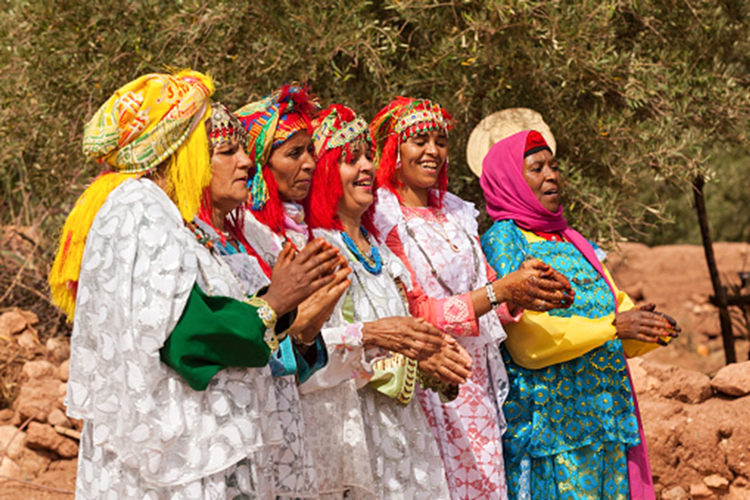Moroccan People and Culture: A Guide for Tourists Exploring Morocco
Morocco is a country of vibrant contrasts, where ancient traditions meet contemporary influences, and where every city, village, and marketplace tells a unique story. The heart of Morocco lies not just in its breathtaking landscapes or architectural marvels but in the warmth of its people and the richness of its culture. Whether wandering through the maze-like streets of Fes, sipping mint tea in a Berber village, or experiencing the energy of a Marrakech souk, visitors are welcomed into a way of life shaped by deep-rooted customs, hospitality, and community values.
For those planning a trip, understanding Moroccan people and culture enhances the journey, turning a simple vacation into an immersive and meaningful experience. From etiquette and traditions to cuisine and shopping tips, this guide offers insights to help travelers connect with Morocco beyond its famous landmarks.
We’re available anytime! Contact us on WhatsApp for instant assistance.
1. Moroccan Hospitality: A Tradition of Generosity
Hospitality is an integral part of Moroccan culture, deeply embedded in daily life. Moroccans believe in treating guests with the utmost respect and generosity, whether they are family, friends, or strangers. This concept, known as “Diyafa”, means visitors are often welcomed as an honored guest, even in the humblest of homes.
Expect to be greeted with a warm “Salam Alaikum” (peace be upon you) and offered a steaming glass of sweet mint tea, often called “Berber whiskey.” Declining hospitality may be perceived as rude, so it is customary to accept tea and take time to engage in conversation.
In Moroccan culture, meals are a communal experience. Guests are encouraged to share from a large dish, using the right hand to scoop up food with bread. If invited to a Moroccan home, bringing a small gift such as pastries, nuts, or fresh fruit is a thoughtful gesture.
Cultural Tip: When receiving or offering something, always use the right hand or both hands as a sign of respect.
2. The Diverse Heritage of Moroccan People and culture
Morocco is a country of diverse ethnic and cultural influences, shaped by centuries of migration, trade, and conquest. While the majority of Moroccans identify as either Berber (Amazigh) or Arab, the country’s heritage also includes influences from Andalusian, Jewish, African, and French cultures.
- Berbers (Amazigh): The indigenous people of Morocco, with a history stretching back over 5,000 years. Many Berbers live in the Atlas Mountains and the Sahara Desert, maintaining traditional lifestyles, crafts, and languages.
- Arabs: Introduced Islam and the Arabic language to Morocco in the 7th century, shaping much of the country’s religious and cultural framework.
- Andalusians: Descendants of Muslims and Jews who fled Spain during the Reconquista, bringing architectural and culinary influences.
- Sub-Saharan African Influence: Seen in Morocco’s Gnawa music, which blends spiritual chants with rhythmic drumming.
Despite this diversity, Moroccan identity is deeply unified by religion, language, and shared traditions. Arabic and Tamazight (Berber) are the official languages, though French is widely spoken, especially in business and tourism.
Traveler Insight: Learning basic Arabic phrases such as “Shukran” (thank you) or “La, shukran” (no, thank you) can enhance interactions and show respect for local culture.
3. Moroccan Cuisine: A Culinary Journey Through Flavors and Spices
Moroccan cuisine is a fusion of flavors, shaped by Berber, Arab, and Mediterranean influences. Meals are often slow-cooked and infused with aromatic spices such as saffron, cinnamon, cumin, and paprika.
- Tagine: A slow-cooked stew named after the clay pot it is prepared in, combining meat, vegetables, and fragrant spices.
- Couscous: Traditionally served on Fridays, often with tender lamb or chicken, chickpeas, and a mix of vegetables.
- Pastilla: A savory-sweet dish of flaky pastry stuffed with pigeon or chicken, almonds, and cinnamon.
- Harira: A rich tomato-based soup with lentils, chickpeas, and spices, commonly eaten during Ramadan.
- Mint Tea: A staple in Moroccan culture, brewed with green tea, fresh mint leaves, and sugar.
Meals are often enjoyed family-style, with portions served in a communal dish and eaten with freshly baked bread. Street food is also an essential part of Moroccan gastronomy, with stalls selling spiced meats, grilled sardines, and msemen (flaky pancakes).
Food Tip: Some dishes, especially in local eateries, can be spicy or sweetened with dried fruits. Always ask about flavors if you prefer mild food.
4. Navigating the Souks: The Art of Bargaining
Morocco’s markets, or souks, are an essential part of the cultural experience, offering a vast array of handwoven carpets, intricate lanterns, leather goods, and pottery. However, shopping in the souks is not just about purchasing—it is about engaging in the traditional practice of bargaining.
- Start Low: Initial prices are often inflated. Offer around half the asking price and negotiate from there.
- Be Friendly: Haggling is a social interaction. A smile and good humor go a long way.
- Compare Prices: Before buying, explore different stalls to get an idea of fair pricing.
- Know When to Walk Away: If negotiations stall, leaving politely might encourage the vendor to lower the price.
For an authentic experience, artisan cooperatives in Fes and Marrakech offer high-quality crafts at fair prices, supporting local artists and traditional craftsmanship.
5. Cultural Etiquette and Social Norms | Moroccan People and Culture
Morocco is a modern country with deep-rooted traditions. Visitors who respect local customs will find interactions smoother and more enriching.
- Modest Dress: While urban areas are more relaxed, dressing conservatively (covering shoulders and knees) is recommended in rural regions.
- Greetings: A handshake is common among men, while a light touch on the heart signifies sincerity. Women may choose to greet with a nod or handshake depending on their comfort.
- Religious Observances: Morocco is predominantly Muslim, and the call to prayer occurs five times a day. During Ramadan, it is respectful to avoid eating or drinking in public during daylight hours.
- Dining Etiquette: Meals are often shared from a communal dish. Eating with the right hand is customary.
Understanding these cultural nuances helps bridge connections with locals, making your visit more meaningful.
6. Where to Experience Authentic Moroccan Culture
For travelers looking beyond the usual tourist spots, several destinations offer a deeper cultural experience:
- Fes Medina: A UNESCO World Heritage site with the world’s oldest university, Al-Qarawiyyin.
- Atlas Mountains: Home to traditional Berber villages where visitors can experience daily life and hospitality.
- Chefchaouen: A serene blue-painted town known for its relaxed atmosphere and picturesque streets.
- Sahara Desert: A chance to experience Berber nomadic life, with camel treks and starlit desert camps.
Discover Morocco Beyond the Landmarks | Moroccan People and Culture
Morocco’s true magic lies in the warmth of its people, the depth of its culture, and the vibrancy of its traditions. Understanding Moroccan people and culture transforms any trip into a richer, more immersive journey. Whether engaging in heartfelt conversations over mint tea, exploring hidden souks, or enjoying traditional music under the desert sky, Morocco offers an experience that lingers long after departure.
Have questions? Contact us now on WhatsApp, and our team will be happy to assist you!



